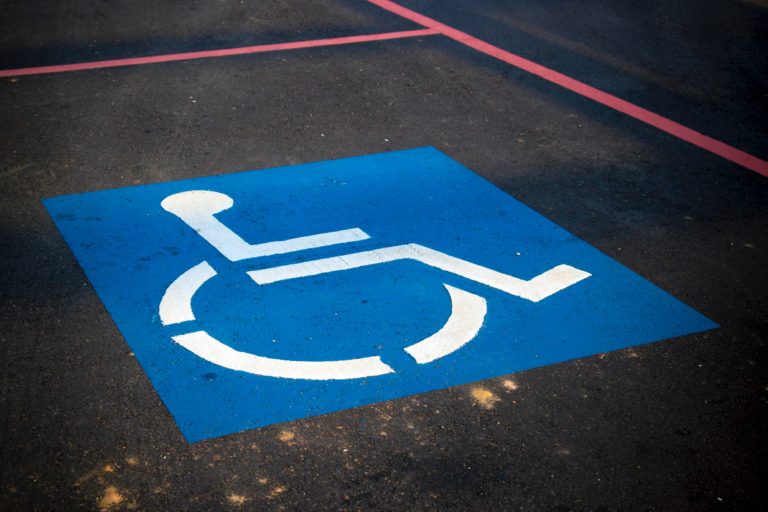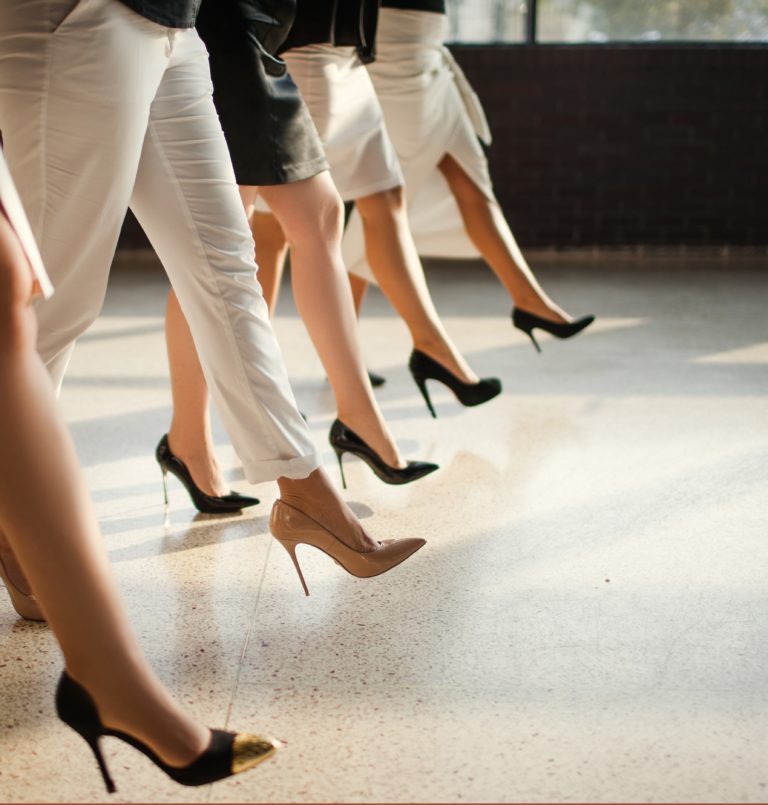How many disabled legislators serving in elected office can you name off the top…
The Fight for Women’s Right to Hold Public Office

In November 2020 then Senator Kamala Harris (D-CA) made history as the first woman, and woman of color, ever elected to the office of the Vice Presidency. That is a big deal, as the United States was founded on a profound commitment to the maleness of rights-bearing citizenship. While the country’s founders counted women, specifically only white women until after the Civil War, as citizens in that they were inhabitants of the country, U.S. political and legal authorities excluded women from the status of rights-bearing citizenship. Why? Because U.S. authorities generally believed that all women were inherently weak creatures who required men’s protection.
As I discuss in my newly released book, Gendered Citizenship: The Original Conflict over the Equal Rights Amendment, 1920-1963, the right to hold public office is just one of the many rights U.S. authorities withheld from women for well over a century. While conducting research for my book, I was surprised to find that even after the Nineteenth Amendment removed sex as a valid reason for denying the right to vote in 1920, many states still maintained restrictions on women’s ability to hold public office.
But those restrictions did not prevent women from fighting back and seeking political office. For instance, Miriam “Ma” Ferguson ran as the Democratic candidate for the 1924 gubernational election in Texas. Ferguson’s opponent, Charles Dickson, challenged her candidacy with claims that she was not qualified to hold public office both as a woman and a wife. Nonetheless, the Supreme Court of Texas denied his claims. According to the court’s ruling, the passage of the Nineteenth Amendment had affirmed women’s “equal authority with men”.
Still several political and legal officials across the country disagreed with the notion that the Nineteenth Amendment had confirmed women’s right to hold public office. A few states continued to deny women’s ability to hold public office outright. In 1921, for example, Attorney General Alexander Armstrong Jr. of Maryland delivered an official statement in which he decided that the masculine pronoun in the laws that create public offices excluded women from taking such positions. Other jurisdictions set sex-specific standards for holding public office that favored men over women. Thus, even in the realm of political rights, several legal and political authorities insisted on maintaining a narrow interpretation of the Nineteenth Amendment’s impact on women’s rights.
The persistent limitations on women’s right to hold public office was one of the many causes that motivated an assortment of men and women to begin drafting an additional constitutional amendment in the spring of 1921 that would ensure women’s status as full rights-bearing citizens. As I discuss in my book, that amendment would eventually become the Equal Rights Amendment (ERA). While the ERA remains unratified today, its deep history reminds us of just how far women have come in a country that had previously denied women’s capacity to even hold rights.






